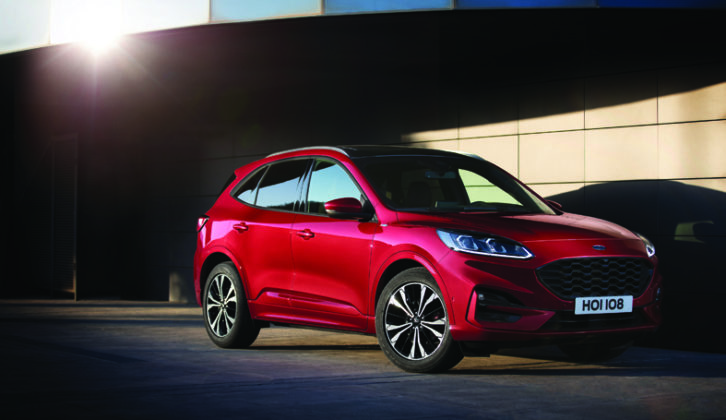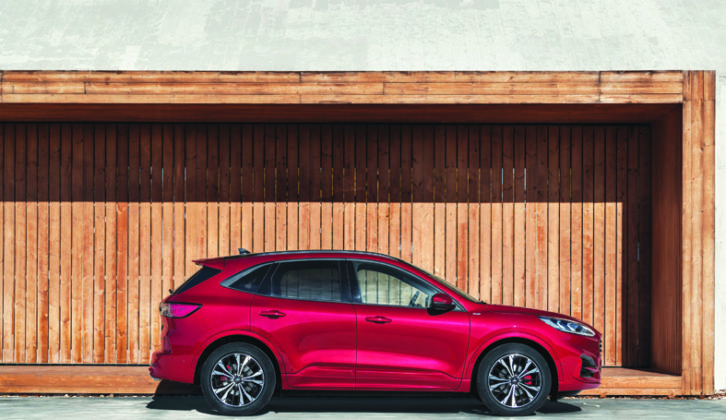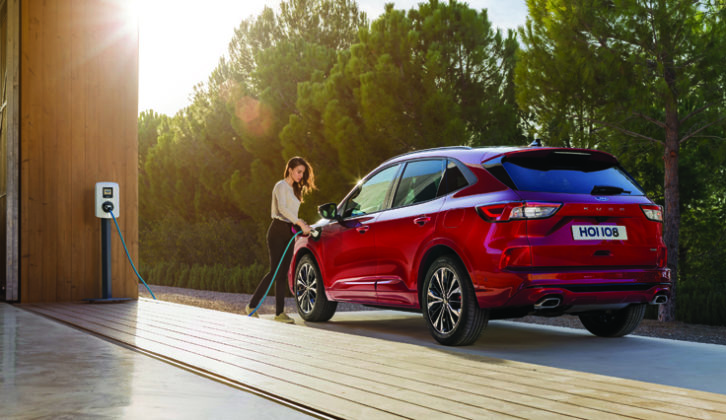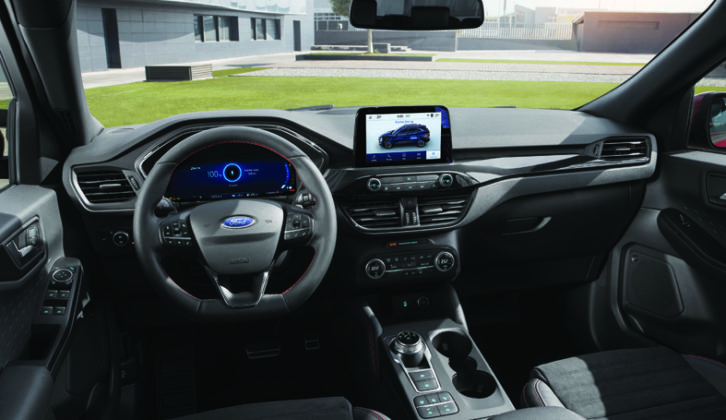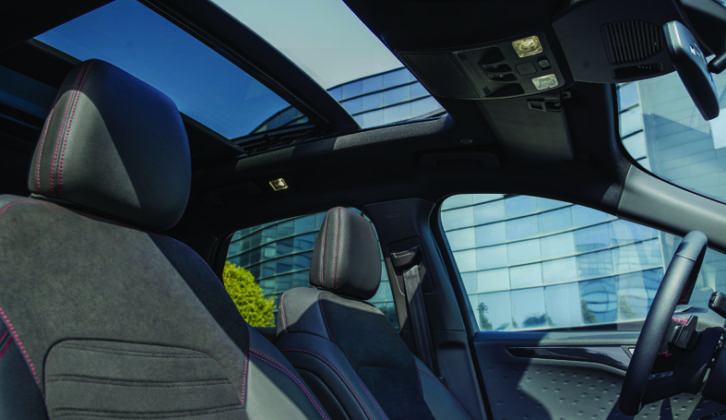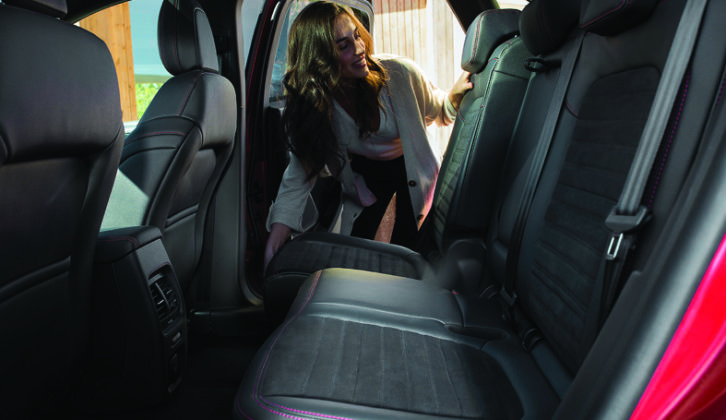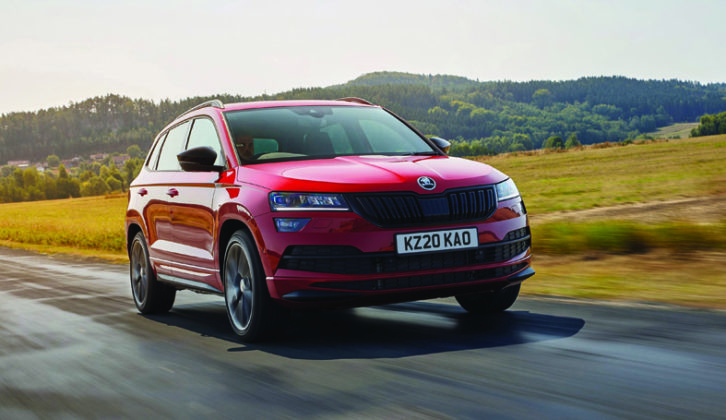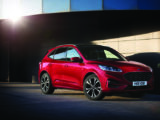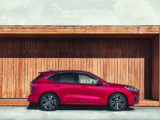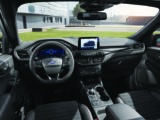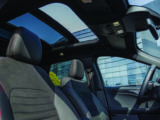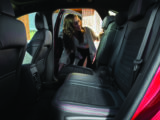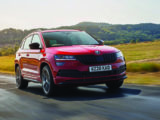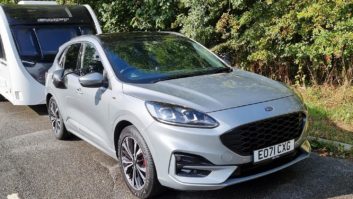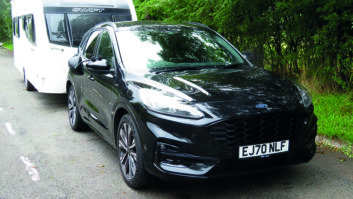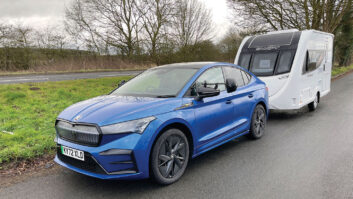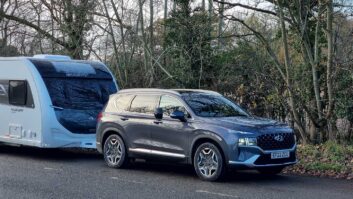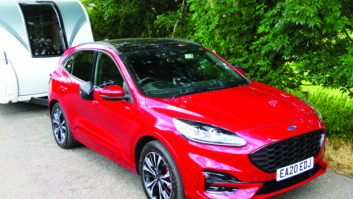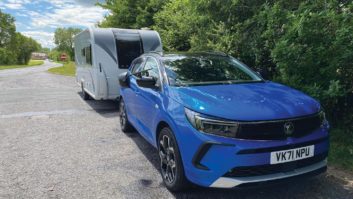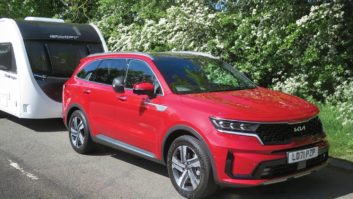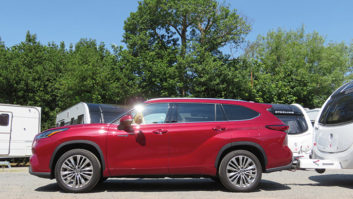The second generation of the Ford Kuga built on the success of the first, with more space and practicality, although perhaps the design was a tad bland.
Now, with the third generation, Ford has been considerably bolder. Not only is the new car more eye-catching, it’s also much more technologically advanced.
Nowhere is that more evident than under the bonnet, with buyers able to choose mild and plug-in hybrid (PHEV) versions.
Diesel versus hybrid
In many ways, the PHEV looks like the pick of the range. For starters, it’s the heaviest model, with a kerbweight of 1773kg.
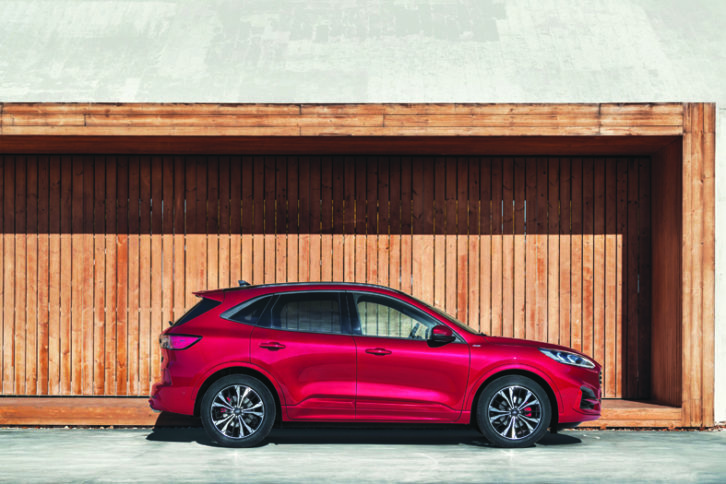
It should prove a lively performer, too, thanks to a 115hp 2.5-litre petrol engine and 110hp of electric power. The electric motor is strong enough to propel the car on its own at speeds of up to 85mph.
Driven as an electric vehicle, the Kuga PHEV has a range of 35 miles. So anyone with a reasonably short daily commute should be able to go for quite long periods without needing to fill up.
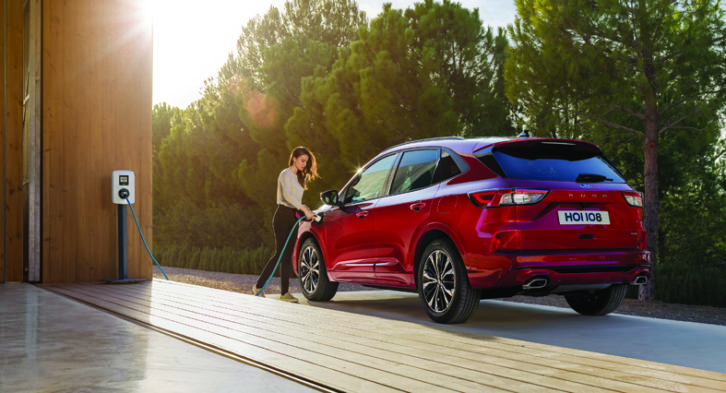
A full recharge can be achieved in six hours from a 230V mains socket, although most owners will almost certainly install a wall-box charging point, which decreases the charging time to 3.5 hours.
So far so good, but just when you think the Kuga PHEV is going to offer serious competition to the ageing Mitsubishi Outlander PHEV, you reach the line in the spec sheet that gives the legal towing limit as just 1200kg. That’s 300kg less than the Mitsubishi’s maximum, and 400kg less than the Volkswagen Passat GTE’s.
So if you own a Bailey Discovery D4-3 or Swift Basecamp, the PHEV is suitable, but unfortunately, the majority of caravans will be too heavy.
The Kuga PHEV is also front-wheel drive. Disappointingly, the most powerful diesel is the only 4×4 in the range. In practice, it should prove the most capable tow car in the whole line-up.
It’s lighter than the PHEV, having a kerbweight of 1665kg, but that still makes it heavy enough for an 85% match figure of 1415kg. The legal towing limit is 2100kg. The maximum download on the towball is 100kg, as it is for the whole range.
The top-spec diesel version has 190hp and 295lb ft, which should be plenty to pull any sensibly matched caravan. All models with this engine also have an eight-speed automatic gearbox. The official combined economy is 46.3-47.9mpg.
Mild hybrid power
If you want a diesel matched to a manual ‘box, you’ll need the less powerful 150hp mild hybrid or the 120hp model.
The mild hybrid can’t run on electric power alone, but the system does do enough to ease the strain on the diesel engine. Fuel economy of 54.3-56.5mpg comfortably improves on the more powerful diesel.
This model has a kerbweight of 1610kg, giving an 85% match figure of 1369kg. That’s well within the 1900kg legal limit.
The engine has 273lb ft of torque, so it should pull a caravan up to speed almost as well as the more powerful diesel.
The entry-level diesel model has 120hp and 22lb ft of torque. It weighs 1529kg and has a legal towing limit of 1500kg.
In this version, the official combined fuel economy is 54.3-55.4mpg with a six-speed manual ‘box, and 50.4-52.3mpg with the eight-speed auto.
Petrol buyers can choose between 1.5-litre turbocharged engines with either 120hp or 150hp. Both are manuals, with kerbweights of 1493kg, and legal towing limits of 1600kg for the 120hp version and 1800kg for the 150hp model.
Both versions have 177lb ft of pulling power – a healthy amount for a relatively small petrol engine, but far less than any of the diesels in the Kuga range.
Driving the Kuga
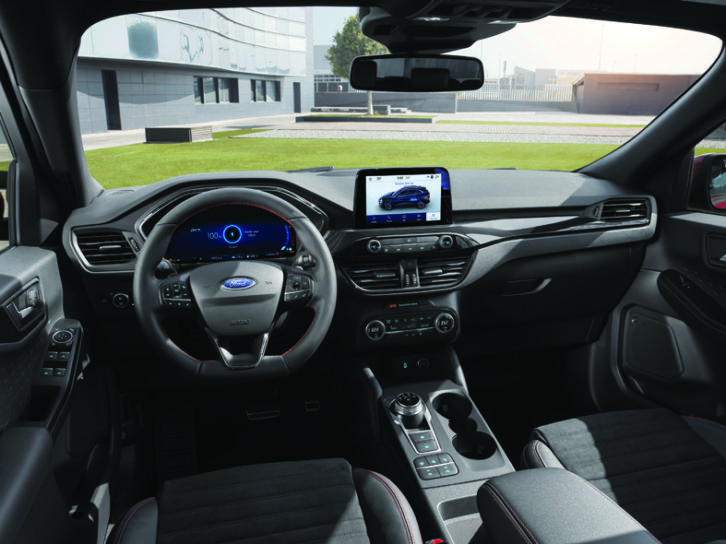
We’ve yet to drive the Kuga, but other journalists who have were mostly impressed. Autocar concluded “the Kuga has lost none of its dynamic flair, yet it’s more refined and practical than ever”.
What Car? was more guarded, writing that “the Kuga is decent but outclassed by bigger, more comfortable competition.”
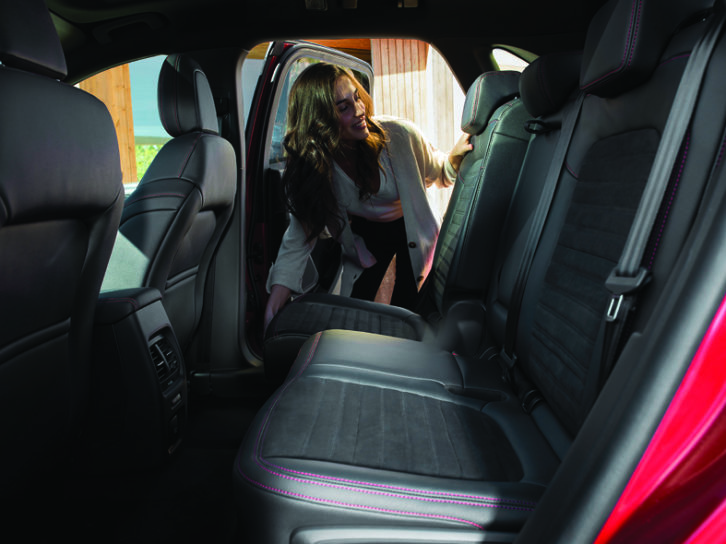
One weakness is boot space in the PHEV, at 412 litres with the rear seats right back. Other models provide 475 litres.
Early reports also suggest the interior finish isn’t as plush as that of the Kuga’s best rivals. However, there’s enough space for five adults to travel in comfort.
Pricing and specification
The Kuga starts at £24,615. That compares with £22,765 for the Škoda Karoq, or £23,455 for the Kia Sportage.
Although not the most affordable car of its kind, the Kuga is solid value when you consider standard kit. The entry-level spec is Zetec, which comes with 17-inch alloys, automatic headlights, powered folding door mirrors, manual air-con, 8-inch touchscreen sat nav and wireless phone charging.
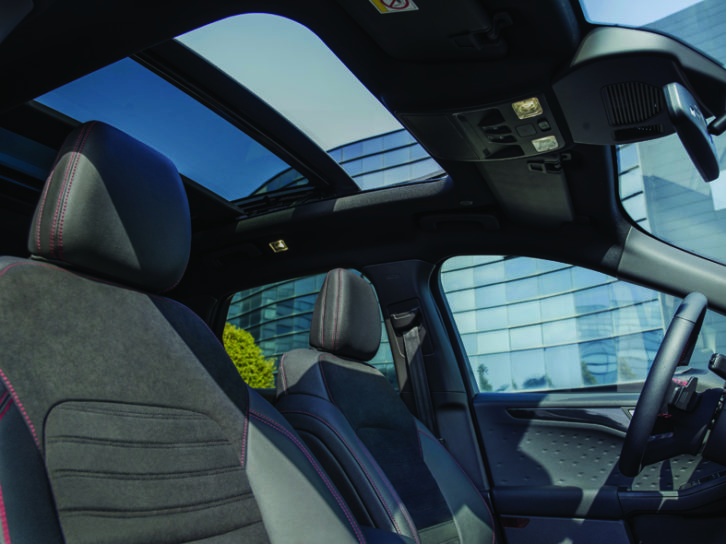
Titanium models start from £27,865, and come with 18-inch alloys, LED headlights, sports seats, dual-zone climate control and a 10-speaker stereo. ST-Lines cost upwards of £29,965 and have faux leather seats, sporty body kit, digital instruments and sports suspension (on all except the 190hp diesel), ST-Line X adds 19-inch alloys, a sunroof, hands-free powered tailgate, powered adjustment for the driver’s seat and heated front seats. Prices start from £31,265. Vignale, the top spec, has a longer list of toys, and prices from £32,565.
A retractable towbar costs a reasonable £625. Safety equipment is comprehensive across the board, contributing to a five-star rating from Euro NCAP.
Conclusion
The Kuga shows a lot of promise as a tow car. In particular, the most powerful diesel combines four-wheel drive, a healthy kerbweight and plenty of pulling power. The mild hybrid diesel also has the makings of a solid tow car, but it’s a shame buyers won’t be able to choose four-wheel drive.
Although the PHEV is the heaviest model in the range, it’s disappointing it doesn’t have a higher towing limit. But we look forward to getting behind the wheel soon.
The car to beat: Škoda Karoq Price £22,765
Practical, well made and good to drive, the Škoda Karoq is a tough rival for the new Kuga.
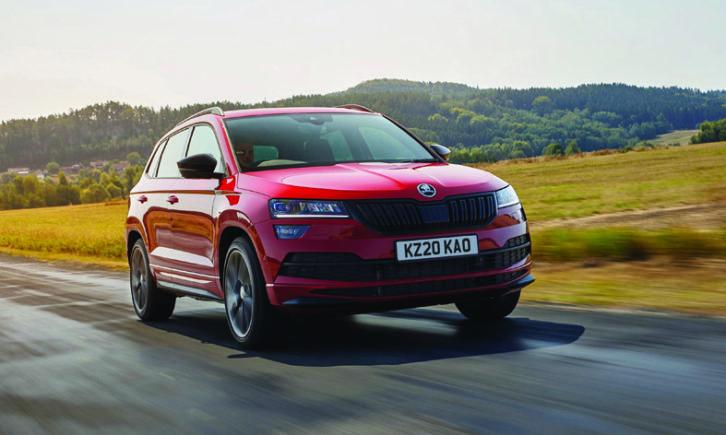
The Kuga's electric motor is strong enough to propel the car on its own at speeds of up to 85mph
Technical Specifications
| Kerbweight | 1493-1773 kg |
